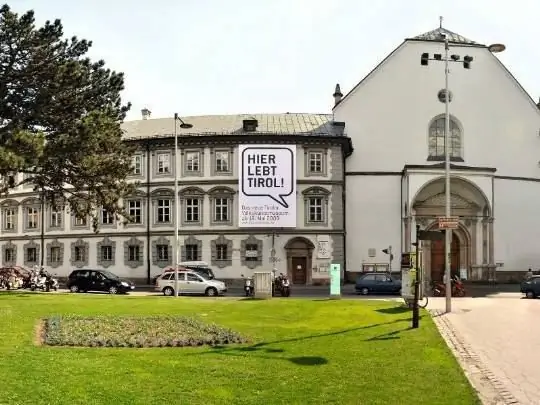
Description of the attraction
The Tyrol Museum of Folk Art is located in the very center of Innsbruck, directly adjacent to the Hofkirche palace church. The museum occupies the building of a former Franciscan monastery. It is famous for its extensive collection of handicrafts from the Tyrolean region, considered one of the largest in all of Europe.
First of all, it is worth noting the location of the museum - it is housed in a huge architectural complex, consisting of four separate wings. He also owns an elegant Renaissance-style courtyard with arches.
As for the museum exposition, it is rather heterogeneous. Firstly, there are antique dishes - both clay pottery and glass household utensils. Secondly, the evolution of the national Tyrolean costume is shown here in full, including samples of fabrics, as well as amazing local headdresses decorated with feathers and skins of wild animals. It also houses a variety of folk art items made of wood and metal, including those made on a religious theme.
It is especially worth noting the interior of individual rooms that have survived since the Middle Ages, where the furnishings of both peasant houses and noble mansions of the Renaissance and Baroque times are presented in an authentic form. Moreover, it was possible to recreate the interior of the Gothic hall as well. Especially noteworthy in these rooms are the graceful tiled stoves, as well as the wood paneling of the walls and ceiling.
And on the lowest floor of the museum is the pearl of its collection - an exhibition of various nativity scenes that recreate the Nativity of Jesus Christ and the adoration of the Magi. They are made of wood, paper or even wax, and the earliest examples date back to the 18th century.






